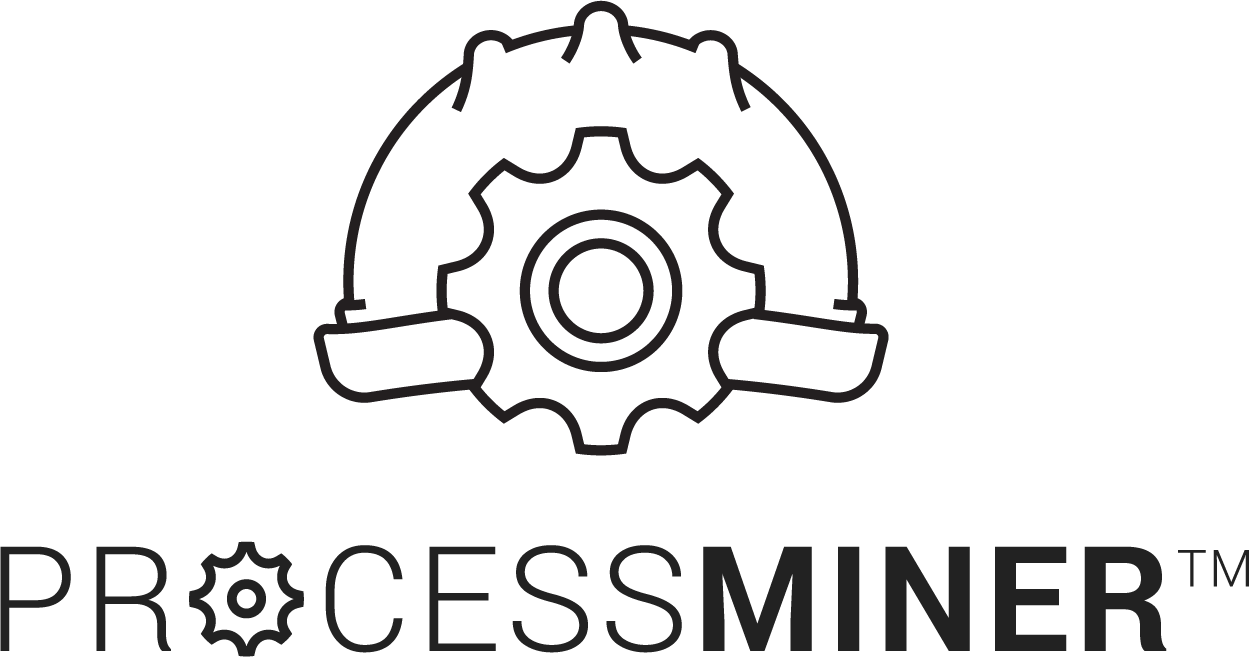AI in Pulp and Paper Manufacturing
Ensure consistent quality, reduce waste, and achieve new levels of efficiency with Solenis OPTIX™ Applied Intelligence. Our platform uses AI and machine learning to put your mill data to work so you can do more with less.
Smart Manufacturing and Autonomous Control for Pulp and Paper Manufacturing
Proactive and accurate process control is critical to optimizing plant performance and reducing quality variation. ProcessMiner’s AI-driven technology delivers real-time process improvement recommendations and optimal control parameters, enhancing your production line’s efficiency, revenue, and throughput.
How AI Addresses Top Pulp & Paper Challenges
Reduces Operational Costs
Leverage real-time and historical data to accurately control chemical dosages, minimizing overfeeding while maintaining quality standards, ultimately reducing energy and raw material usage.
Improves Sustainability Best Practices
Meet sustainability goals and regulatory compliance by using AI to optimize raw material and chemistry usage, reducing waste and carbon emissions while enhancing your environmental footprint.
Ensures Consistent Product Quality
Anticipate quality issues before they occur with predictive analytics, ensuring consistent and reliable output that meets your production standards.
Bridges the Skills Gap
Automate repetitive tasks and execute expert corrective actions without human intervention. ProcessMiner allows your team to focus on higher-value activities, enhancing workforce efficiency.
Value of Pulp and Paper Manufacturing Analytics Software
OPTIX Applied Intelligence combines IT and OT data to uncover hidden insights in your data that deliver returns of more than $500K a year per manufacturing line. Explore the delivered benefits of our autonomous chemistry control platform.
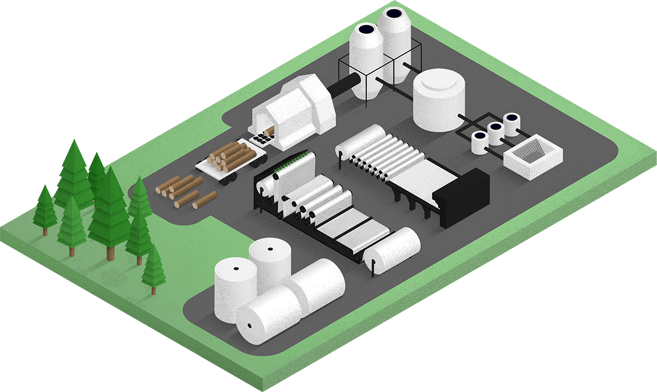
%
Reduction in Functional Chemistry
%
Reduction in Quality Variability
%
Increase in Quality Target Adherence
Operator Hours Saved/Year
Ton Reduction in Raw Materials
Ton Reduction in Carbon Emissions
Solenis has been a strategic partner of ProcessMiner since 2017. Their AI and autonomous machine learning solution has been instrumental in supporting our efforts to assist our customers on their digital journey.
Pulp Mill Automation: How It Works
Our platform seamlessly integrates with existing mill infrastructure to improve the wet and dry strength of pulp and paper-based products.
A turnkey solution, OPTIX delivers the quickest time to value, optimizing production processes within weeks using smart sensors and predictive analytics.
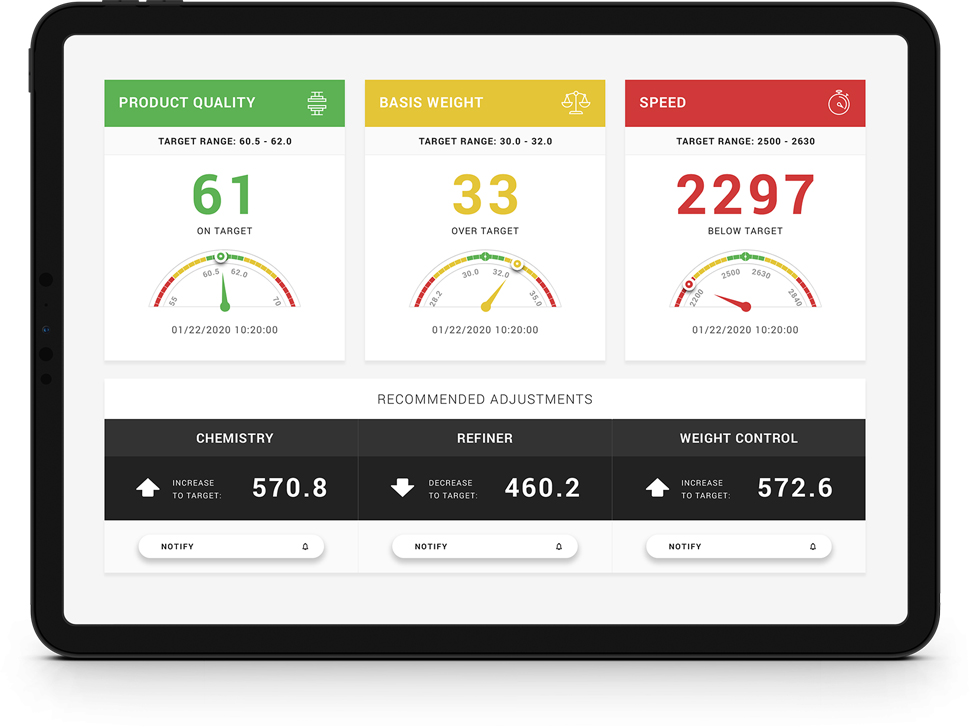
Maximize Efficiency in Pulp and Paper
With AI-Powered Chemistry Control
Discover how to tailor an AI solution with machine-learning capabilities to your mill’s specifications and enhance operational efficiency. Download our guide to learn more.
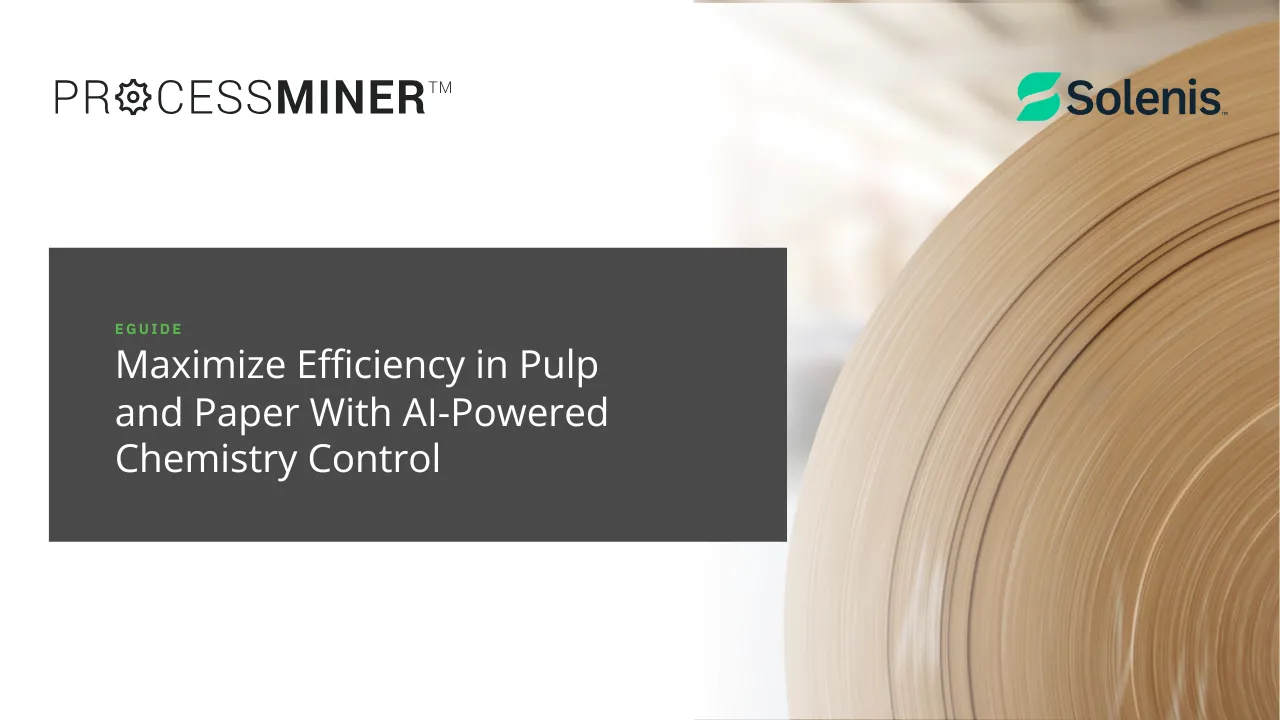
Why OPTIX Applied Intelligence for Pulp & Paper Mills
Ready-to-Deploy Solution
Our turnkey cloud-based SaaS platform requires no capital investment. It integrates quickly and seamlessly with current IT and OT architecture within weeks.
- Easy setup process
- Smooth integration with current infrastructure
- Built on a value-based subscription model
Advanced AI and Machine Learning Capabilities
ProcessMiner’s AI models learn from your mill’s historical data, prescribing real-time adjustments and executing corrective action to meet your unique production specification needs.
- Adaptive and proven analytical models
- Continuous self-learning capabilities
- Production models specifically configured for each machine
Immediate, Ongoing Automation
Predictive analytics generates virtual measurements of key quality parameters that are impossible to measure manually in real time. Based on measurements, the platform executes timely adjustments to key control elements, optimizing production and improving efficiency.
- Reliable, consistent, and quantifiable outcomes
- 24/7 prescriptive dosing for manual or automatic execution
- Data-based insight to support unparalleled process control.
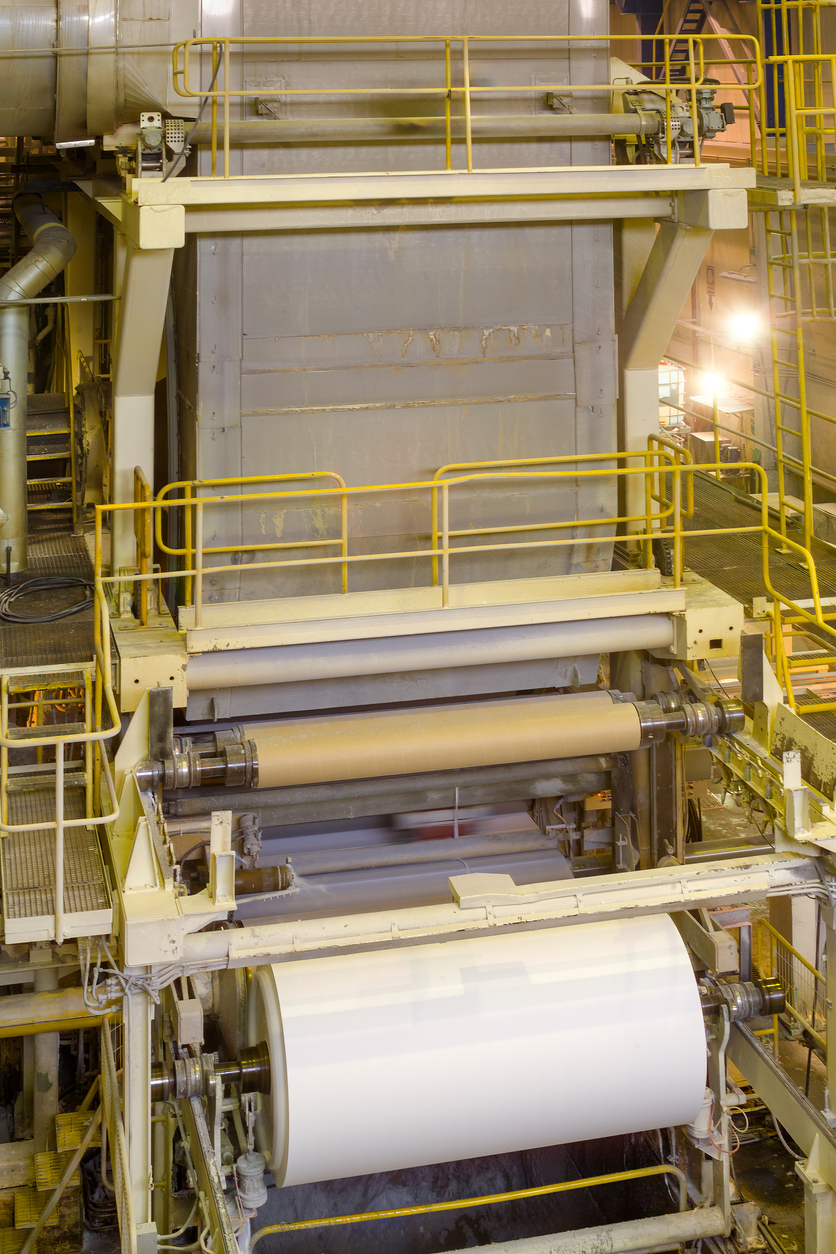
Smart Mills in Action
Rising costs, increasing sustainability demands, shifting consumer preferences, and an aging workforce are pressuring mill operators to innovate.
One key area that can solve these challenges and unlock immediate cost savings is optimizing the use of chemistry and fiber composition in the pulp and papermaking process.
Here’s how leveraging predictive analytics powered by artificial intelligence (AI) and machine learning (ML) can solve operational challenges mill-wide.

Featured Content

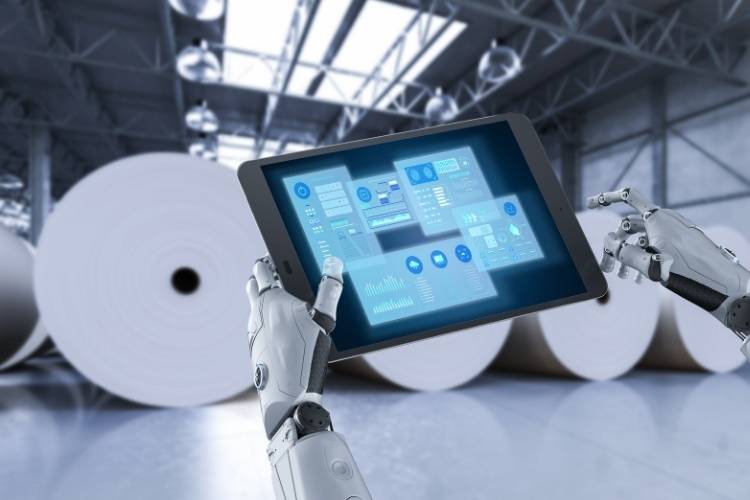
Putting Autonomous Control To Work in Pulp and Paper

Addressing Sustainability in the Paper Industry With AI
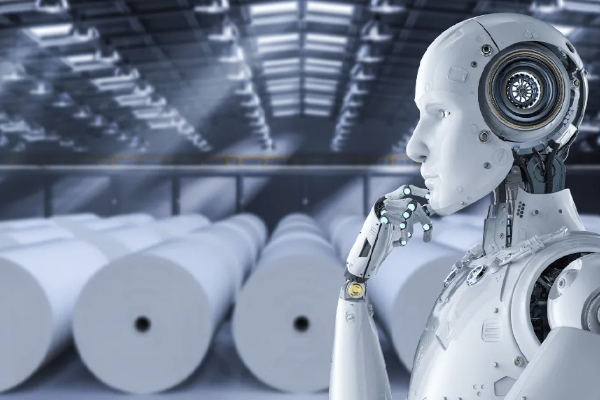
Pros and Cons of Pulp and Paper Automation

How the Pulp & Paper Automation Market Drives Cost Savings
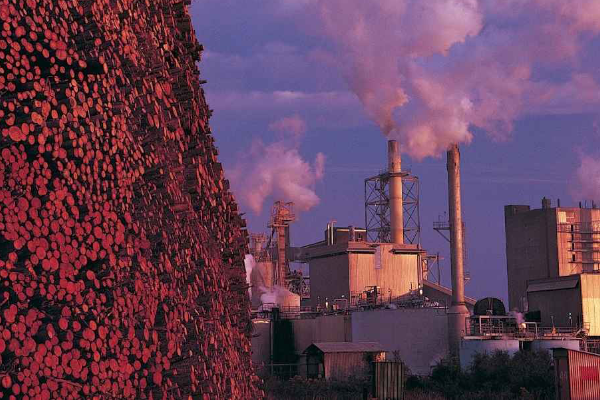
Speeding Up Production With Pulp Mill Automation
Enhance Your Mill Operations Today
Schedule a demo to see the difference OPTIX Applied Intelligence can make. Get StartedOPTIX Pulp and Paper FAQs
What is OPTIX™ Applied Intelligence, and how does it work?
Solenis OPTIX™ Applied Intelligence is a cloud-based, AI-driven autonomous control and process optimization platform. OPTIX uses historical and real-time process data to predict production quality outcomes, prescribe corrective action if the quality is predicted outside spec ranges, and autonomously execute corrective action without operator intervention – lowering production costs while enhancing efficiency and product quality.
What are the key elements for optimizing pulp and paper mill processes to maximize profitability?
Autonomous control of chemistry dosing is a key element in improving efficiency. By ensuring precise chemical dosing is executed promptly, the guesswork and delays traditionally involved in maintaining product quality are eliminated. In addition, by minimizing the overuse and underuse of chemicals, mills experience reduced production costs and quality variances while improving adherence to quality target specs. Mills implementing OPTIX Applied Intelligence have reported significant cost savings from reduced chemical consumption and fewer off-spec batches. By optimizing processes continuously and autonomously, the platform maximizes production throughput and helps mills meet demanding customer specifications without sacrificing profitability and quality.
How does introducing AI-powered automation impact pulp and paper manufacturing operators and their roles?
By automating repetitive production line tasks, operator work hours are freed up to focus on high-value activities. Additionally, OPTIX provides real-time insights and recommendations, enabling operators to make informed, data-driven decisions while maintaining full control over the pulp and paper mill process when needed.
What measurable benefits have smart mills achieved using OPTIX?
Mills deploying OPTIX have reported significant reductions in chemical consumption (by up to 25%) and improved quality target adherence (of over 60%). These measurable benefits translate directly into an ROI of up to 500% when fully deployed across the mill.
How does autonomous control reduce process variability and improve product quality?
OPTIX continuously monitors production settings and detects deviations that could impact quality. When an issue arises, real-time root cause analysis identifies key variables, allowing our models to prescribe corrective actions. This ensures consistent adherence to quality specifications and minimizes process variability.
What differentiates OPTIX from traditional automation systems in pulp and paper manufacturing?
OPTIX uses advanced technology to proactively identify and address inefficiencies in production, unlike reactive manual monitoring or diagnostic analytics, which only react to problems after they occur. By predicting and preventing issues before they happen, OPTIX allows mills to move beyond reactive “what happened” and “why did it happen” analysis to a proactive “what is going to happen” and “prevent it from happening” approach. The ability to predict, prescribe, and automate process optimization makes OPTIX a unique solution for manufacturers looking to modernize.
How long does it take to deploy OPTIX in an existing pulp and paper mill?
Once connectivity to the mill historian and SCADA system has been established, the platform can be in production in 4 weeks or less. In addition, since the platform was designed from the ground up to be deployed in legacy operating environments, OPTIX integrates seamlessly with existing IT/OT infrastructure with minimal disruption to operations.
Can OPTIX be scaled to other processes or lines within the mill?
Yes, OPTIX is highly scalable and can be deployed across multiple products, grades, lines, and facilities — regardless of size, production volume, or product specification tolerances. Its flexible architecture allows mills to expand autonomous control from a single quality parameter and control element to a multi-parameter, multi-control implementation.
Can operators interact with or override the autonomous control?
Yes. OPTIX can be deployed as an “open loop” architecture, allowing operators to manually take corrective action, or a “closed loop” architecture, supporting OPTIX’s ability to automate action through the mill’s SCADA system or IoT gateway.
What kind of data is required to get started?
The platform requires 6-12 months of historical process data supplemented by real-time data collected from sensors, control systems, and/or lab testing. The OPTIX implementation and data science team works with the mill’s IT team early in the implementation process to ensure the process data required to support our models is available, clean, and consistent.
